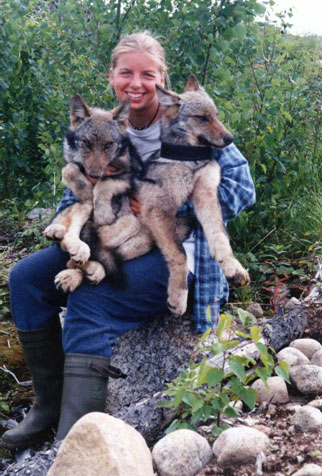Posts Tagged ‘northeast wolf recovery’
The Maine Wolf Coalition announces its new Northeast Wolf Recovery Website
The Maine Wolf Coalition, Inc. announces its new Northeast Wolf Recovery website at http://mainewolfcoalition.org . The primary purpose of the website is to provide the public with up to date information regarding the natural recolonization of wolves in the northeast U.S. after an absence of a century. In recent years several wolves have been killed in the northeast, the most recent being an 85 lb. animal identified by the U.S. Fish and Wildlife Service as an “eastern gray wolf” killed in western Massachusetts in 2007. In addition to the Massachusetts wolf, since 1993, wolves have also been killed in Maine, Vermont and New York. Read the rest of this entry »
The Maine Wolf Coalition, Inc.
Check out the MWC’s Facebook page for the most up to date northeast wolf news!
In August 1993 a bear hunter from Pennsylvania shot and killed a young female wolf as she came in to feed on bear bait in the north Maine woods. The killing of this animal demonstrated the very real possibility that wolves are attempting to recolonize the northeast U.S. after an apparent absence of nearly a century.
The Maine Wolf Coalition was founded in 1994 to support wolf recovery in Maine through research, education and protection. Through this website we are seeking to educate the public, wildlife professionals and government officials by gathering and disseminating evidence that natural wolf recovery in the northeast is not only possible, but that it will happen if we only let the wolves survive.
